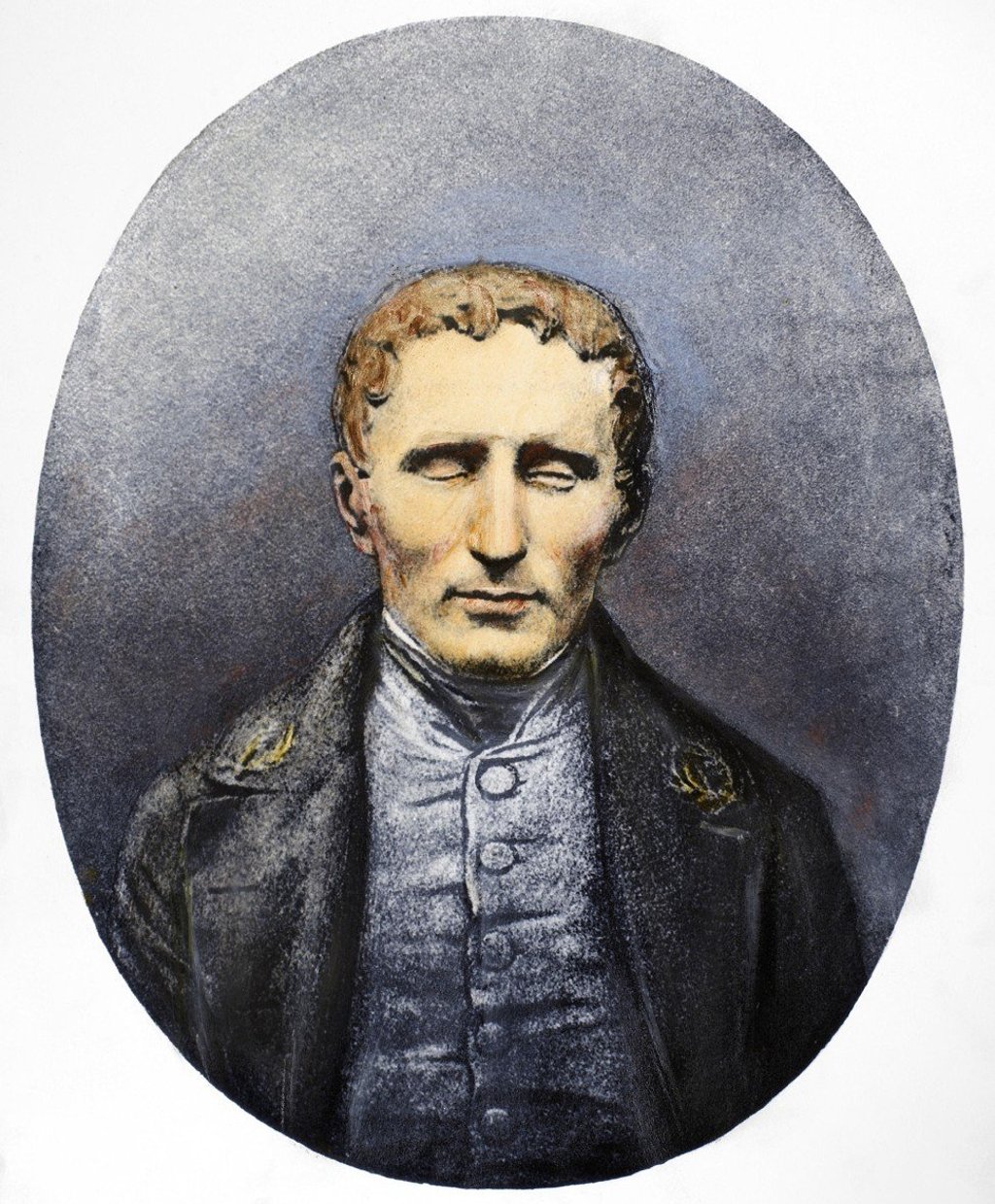Language Matters | Louis Braille’s 19th-century invention remains a boon to visually impaired Chinese readers
Grateful world celebrates blind Frenchman’s sophisticated and life-changing code

Six small dots, arranged like those representing the number six on a die, raised in different patterns: this is the basis for the Braille alphabet for the visually impaired, with each fingertip-readable pattern representing a letter, numeral, punctuation mark or symbol. It’s not a language but a code that can be used for many languages.
Louis Braille, born in 1809, was blinded by accident and infection as a small boy. Later, while attending the Royal Institute for Blind Youth in Paris, the 12-year-old was inspired by a code – devised by Charles Barbier, a retired captain in Napoléon Bonaparte’s army – that employed arrangements of 12 raised dots (to represent sounds rather than letters) and permitted silent battlefield communication at night.
The system was called sonography, or “night writing”, and though it proved too complex for its intended purpose, Braille mastered it, then adapted it, and finally presented his six-dot system based on the alphabet in 1824.

